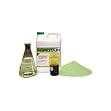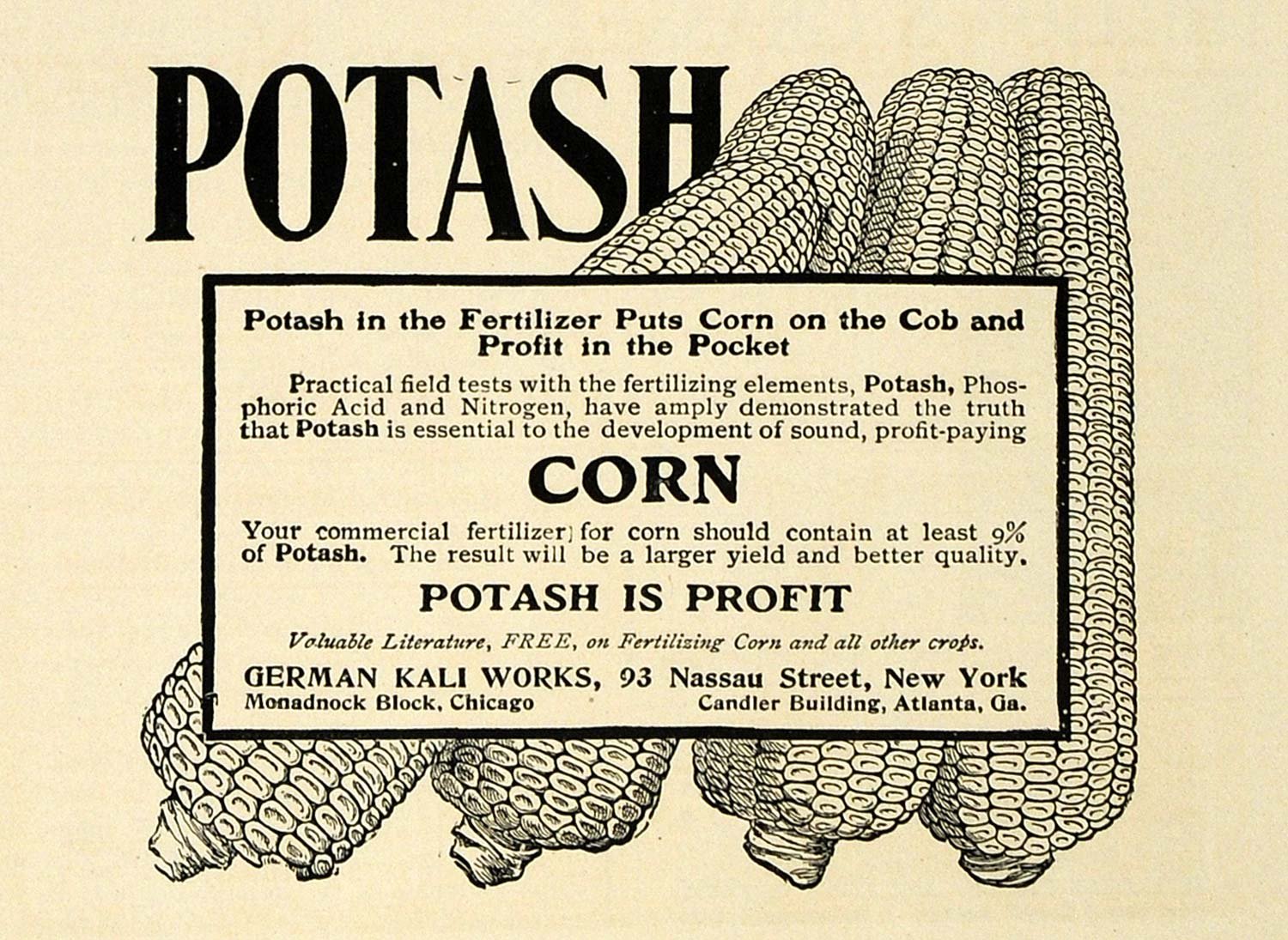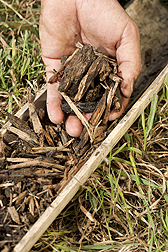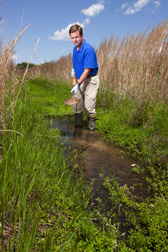
Experts in soil chemistry at Montana State University caution that applying all the
nitrogen fertilizer required for wheat at one time can be risky.
According to MSU Extension, in irrigated systems, too much nitrogen early in the growing season can produce excess tillers, lead to lodging, and reduce yields. In dryland systems, nitrogen fertilizer may not get fully used for plant growth, especially in dry years.
In both dryland and irrigated systems, large, one-time applications have a high chance to be lost to groundwater from leaching or to the air as a gas. This is a financial loss to the producer and potentially detrimental to water and air quality.
Applying pre-plant nitrogen levels based on conservative yield goals is an alternative, especially in dry years. This early nitrogen can be supplemented with mid-to late-season nitrogen to increase grain yield and protein if production potential increases during the season.
By splitting nitrogen application, a producer can better match nitrogen rates to estimated yield potentials based on precipitation to date. If the weather is wet, then fertilizer amount and timing decisions should be based on whether the goal is a yield or protein increase. If the weather has been dry, then a second application may not be advisable.
Timing of in-season nitrogen application should be based on plant growth stage rather than a particular date. In dryland production, additional nitrogen for yield should be applied by early- to mid-tillering, to ensure yield is not hurt. This is particularly important with foliar application for spring wheat. By the time spring wheat approaches the boot stage, weather conditions are such that leaf burn becomes a risk sufficient to hurt yields. Because only about 10 percent of foliar applied nitrogen is taken up by leaves, it is important to follow application with at least half-inch of water to incorporate the nitrogen into the soil.
Incorporation is important for soil-applied nitrogen as well, which is possible in irrigated systems, and sometimes doubtful in dryland systems.
Yield from irrigated fields may increase with nitrogen applied as late as flowering. Although yield may improve with additional nitrogen applied at heading, nitrogen applied this late in the growing season generally cannot compensate for the yield deficit due to early under-fertilization.

Leaf burn increases as the nitrogen rate increases. The maximum suggested rate is 30 pounds nitrogen per acre to minimize yield reduction due to leaf burn. Liquid urea tends to produce less leaf burn than urea-ammonium nitrate (UAN) and therefore can benefit yield more. Leaf damage increases with the inclusion of sulfur, the addition of
Agrotain® to urea, or the addition of a surfactant to UAN solution with herbicide when nitrogen rate is greater than 20 pounds nitrogen per acre.
Using streamer bars to minimize direct leaf contact during application can substantially decrease leaf burn.
Late season nitrogen to increase protein is ideally applied at flowering. However, the ability to incorporate with rain or irrigation is more important than the exact timing at flowering.
Leaf burn increases the later that foliar nitrogen is applied. Up to 40 percent flag leaf burn from foliar nitrogen applied around flowering may increase protein, but it can also decrease yields. If there is the risk of scab, do not irrigate within five days of flowering.
The decision to apply late-season nitrogen to increase protein depends on: 1) whether it can be applied without substantially damaging the crop; and 2) if the expected protein response and discount are sufficiently high to justify the cost of fertilizer and application.
Sources:
Clain Jones, Extension soil fertility specialist.
"Practices to Increase Wheat Grain Protein"
Montana State University Extension bulletin
Farm Supply
Farm Magazines
Market Watch
Plant Roots: Growth, Function and Interactions with the Soil
Nitrogen Fertilizer Urea
Agrotain
 As temperature and carbon dioxide levels in the atmosphere increase, growers may see things pop up in their fields that they haven't seen before. Unfortunately, they won't all be good.
As temperature and carbon dioxide levels in the atmosphere increase, growers may see things pop up in their fields that they haven't seen before. Unfortunately, they won't all be good.





